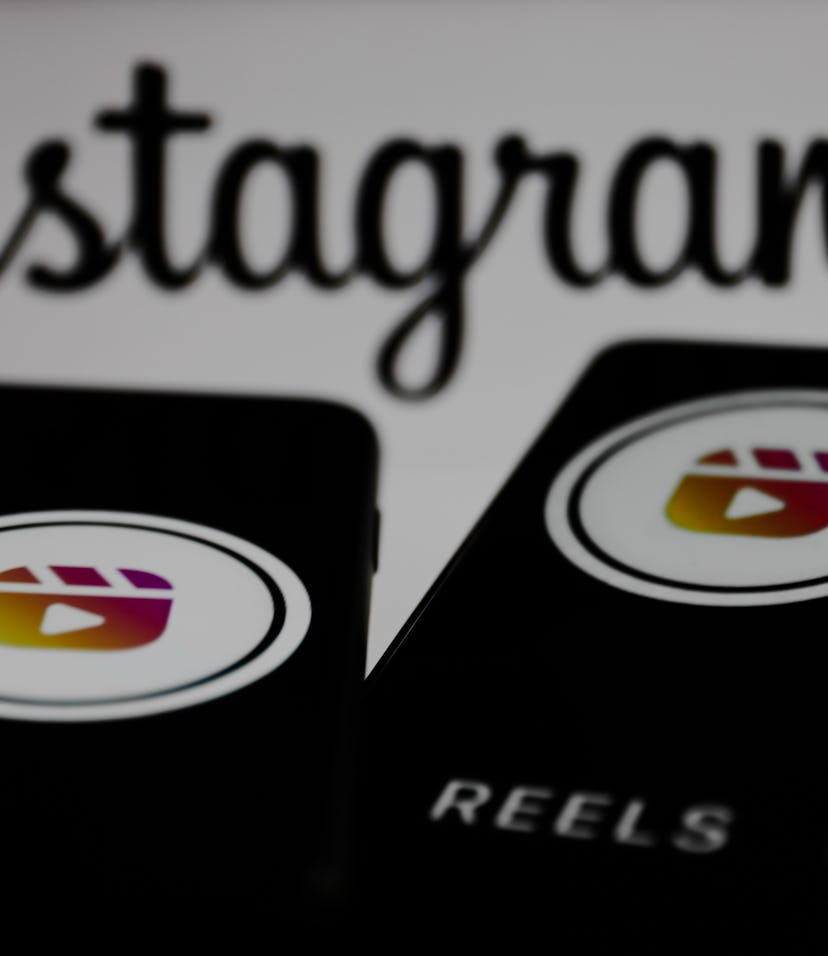Tech
Instagram makes planning a livestream a little less aggravating
Another day, another Instagram update to figure out

Instagram is back with another update and once again, the head of the company Adam Mosseri delivered the news in a fireside chat-style video.
The first noteworthy new feature is that you can display upcoming livestreams in your profile, right below your bio — a feature that may cut down on the “reminder that I’m going live with [X person] at [X time]” posts and will be sure to please the planners.
Since the rise of Twitch in the mid 2010s, social media platforms like YouTube and Facebook have added a live streaming feature to their own services, followed by Instagram, TikTok, and even Twitter’s audio-broadcasting feature “Spaces.” It makes sense, in a crowded live-streaming ecosystem, that Instagram wants to make it easier for people to plan and publicize their virtual broadcasts.
Remix videos— Instagram Reels, the TikTok clone that was released in 2020, already allows users to “remix” the videos they see to add, a side-by-side reaction or an answer to a question posted by another poster, such as “what’s a piece of information that feels illegal to know?” Now, Instagram is allowing users to remix other, non-Reels videos on the app.
Which begs the question: how are Reels different from other videos posted on Instagram?
The answer is that it’s not intuitive. Instagram, which started as a photo-sharing app, started allowing videos in 2013, and since the release of Reels seven years later, that original type of video post has been almost indistinguishable from videos with a “Reels” classification. Now that Instagram is allowing users to remix normal, non-Reels video posts, the functional difference between Reels and other videos is even more confusing.
A Reel by any other name— The confusing similarities between Reels and non-Reels videos (both show up in your profile, both allow remixes) is an example of the user experience woes that arise as a result of Instagram’s rapid changes. In an effort to take on Snapchat, it added stories in 2016, and in an effort to take on TikTok, it added Reels. Since 2021, Instagram Head Mosseri has released videos detailing the app’s updates almost every week. But like we’ve pointed out before, the rapidly-added features tend to add a lot of clutter for the average user.
Ch-Ch-Ch-Ch-Changes— Most Instagram users, at least in my circles, don’t seem to be remixing Reels or scheduling livestreams. Instagram is still an app to share beautiful or interesting photos or mindlessly tap through stories, and when it adds loads of new features to mimic the social media apps, it risks drowning out its core feature— sharing photos— with noise.
A decade ago, you could share a photo by pressing the big camera button at the bottom of the app. Now, that camera button has been replaced by a reels button that brings you to the part of Instagram that mimics TikTok, and if you want to post a photo, you have to navigate to your profile or home feed, locate a tiny “plus” button in the upper right corner and select “Post” among a slew of other options like “Story” and “Fundraiser.”
Instagram isn’t a photo-sharing app anymore, it’s a messaging platform, a video service, a marketing tool, and a live streaming hub. It’s a messy conglomerate of all its former rivals, and it’s not clear whether its crowded arsenal of features will keep it relevant for another decade or herald in its flop era.